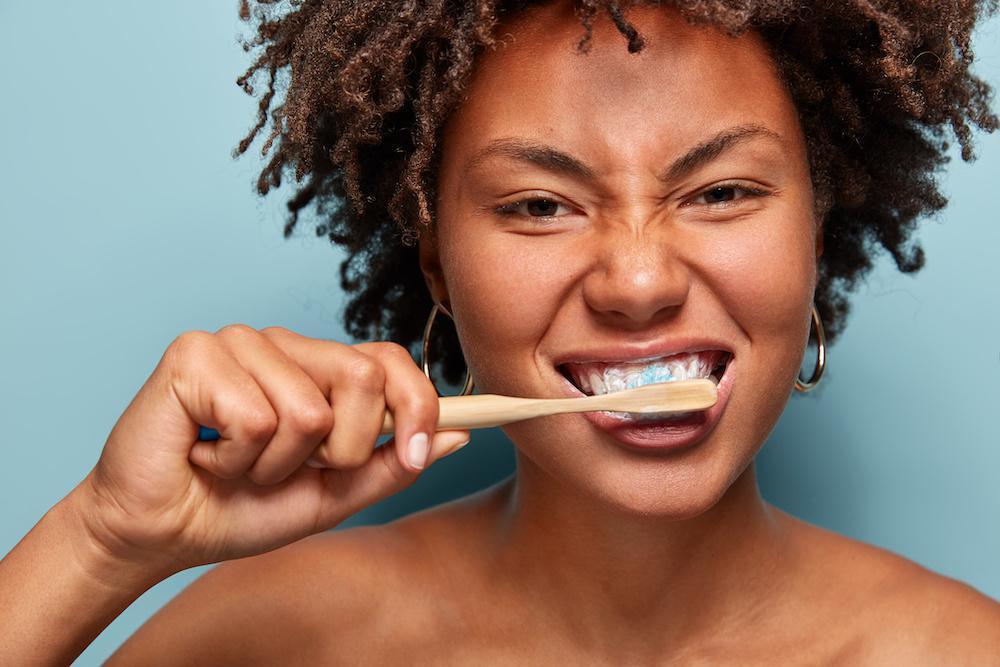
Here's How to Know if You're Brushing and Flossing Correctly

Brushing your teeth is a daily habit. You probably don’t think twice about your oral hygiene routine when you’re standing in front of your bathroom mirror — but did you know there’s a right way to brush and floss?
Good dental hygiene is your first line of defense against cavities, so it’s worth taking a second look at your technique. In this blog, Walied Touni, DDS, MSD, and our team at Touni Orthodontics in Sunnyvale, California, share our tips for brushing and flossing for a healthier smile.
How to brush your teeth
Brushing your teeth regularly is the best way to remove bacteria and plaque buildup. Removing buildup helps you avoid cavities, decay, and more serious oral health problems like gum disease.
Here’s what to do when you brush your teeth:
Use short, gentle strokes
Clean your teeth with a soft-bristled toothbrush and dentist-approved toothpaste. Use short, wide strokes, going back and forth over the surface of your teeth. Use gentle pressure and never scrub your teeth or gums.
Brush all sides of every tooth
As you brush, make sure you reach the outer surfaces, inner surfaces, and chewing surfaces of every tooth on the top and bottom.
Take your time
Brush your teeth two times a day, and spend about two minutes brushing each time. Consider setting a timer to make sure you’re taking the full two minutes.
How to floss your teeth
Your toothbrush can’t reach the spaces in between your teeth to remove bacteria and plaque. That’s why flossing — or cleaning between your teeth — is just as important as brushing.
You should floss at least once a day. Unfortunately, many people don’t floss as much as they should, and 20% of Americans don’t floss at all.
Here’s what to do when you floss:
Hold the floss taut
Take 18-24 inches of floss and wrap the ends around your fingers. Hold about 1-2 inches of floss taut between your thumbs and index fingers.
Floss between every tooth
Slide the floss gently between two teeth. Work it back and forth along both surfaces. Curve the floss into a C-shape near your gums, and gently rub it along your gum line. Repeat between all your teeth, and on the back sides of your last teeth.
Signs you might not be brushing or flossing correctly
Brushing and flossing regularly helps keep your teeth and gums healthy. But cavities and decay can develop even with good oral hygiene habits. Common early signs of oral health problems include:
- Pain with brushing or flossing
- Bleeding gums
- Tender gums
- Puffy or swollen gums
- Toothache
If you notice any of these symptoms, schedule an appointment with Dr. Touni. And remember, everyone should get professional dental cleanings twice a year for their best oral health.
Have questions about the best ways to take care of your teeth? We’re here for you. Book an appointment at Touni Orthodontics today. Call our office at 408-412-5249 or request an appointment online.
You Might Also Enjoy...


When Should I Bring My Child in for Their First Appointment?

My Jaw Pops, but It Doesn’t Hurt: Do I Need Treatment?

Can Self-Ligating Braces Reduce Treatment Time?

Do Overbites Get Worse Over Time?

